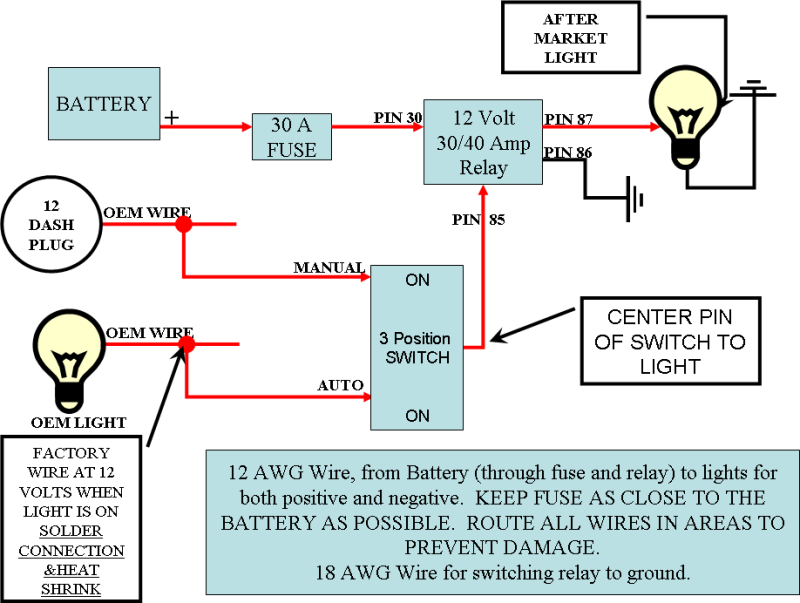Dirtytires
Explorer
I need some advise on performing this operation. I am melting wires and fuses left and right.
Setup:
I have one deep cell Marine battery.
I have attached to the trailer a fusepanel.
I keep burining wires when I wire the lights up?
Do I need to have a fuse between the battery and the fusebox?
Current Configuration:
I have one battery grounded to the trailer..
I have the positive wire from the battery lead to the fused junction box.
I have the box grounded to the frame of the trailer as well.
When I place the tester light on the wires from another tiedown in the box it does not have power.
When I place the tester light on the power feed it works. So how do I isolate the wires . Isnt that
what the fuse box is used for? I keep blowing fuses and burning the "test " light.
The goal is to have a few interior (led lights,and a water pump, ) powered by the battery.
Thanks,
Craig
Setup:
I have one deep cell Marine battery.
I have attached to the trailer a fusepanel.
I keep burining wires when I wire the lights up?
Do I need to have a fuse between the battery and the fusebox?
Current Configuration:
I have one battery grounded to the trailer..
I have the positive wire from the battery lead to the fused junction box.
I have the box grounded to the frame of the trailer as well.
When I place the tester light on the wires from another tiedown in the box it does not have power.
When I place the tester light on the power feed it works. So how do I isolate the wires . Isnt that
what the fuse box is used for? I keep blowing fuses and burning the "test " light.
The goal is to have a few interior (led lights,and a water pump, ) powered by the battery.
Thanks,
Craig





